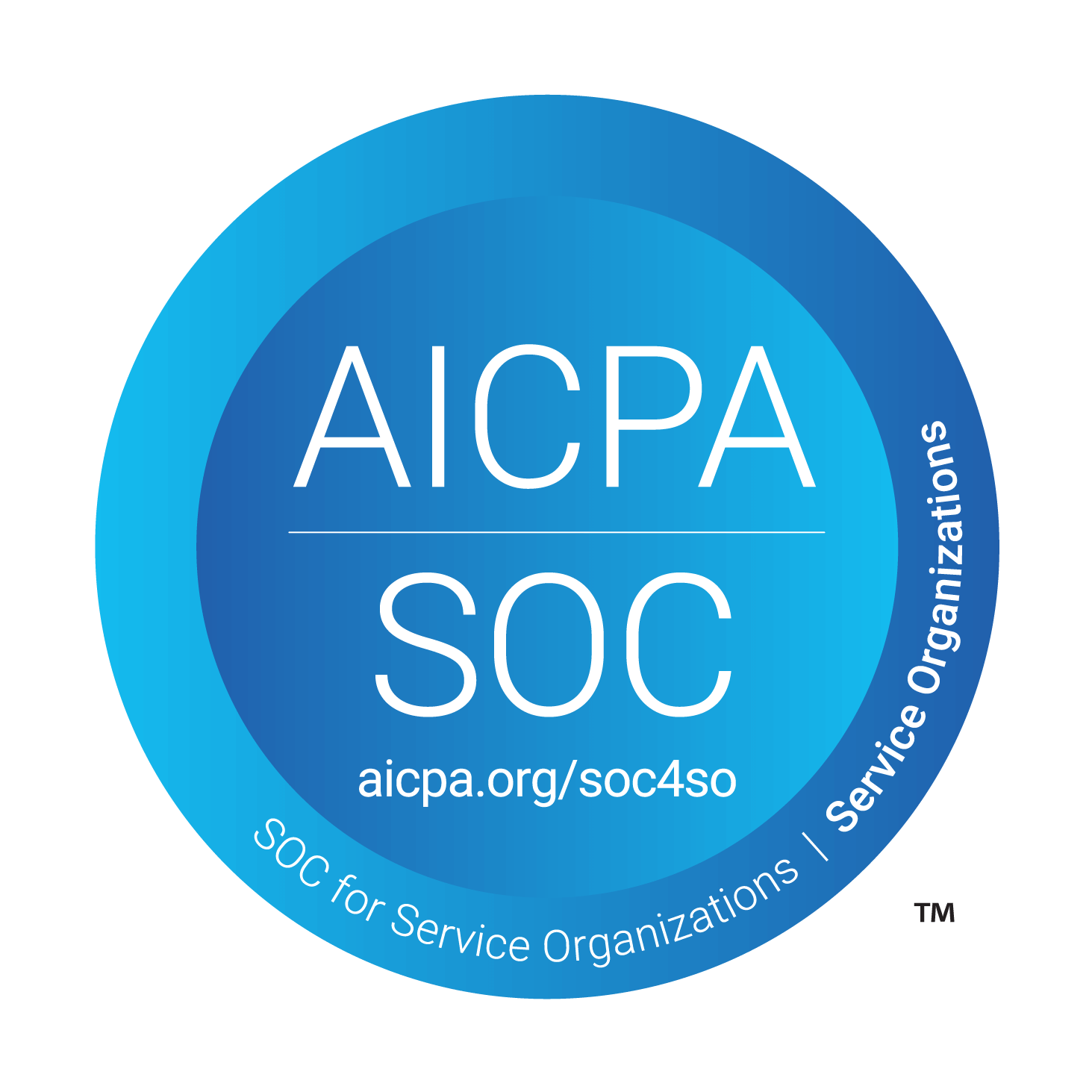
When Visa and JPMorgan Use Stablecoins for B2B Payments, You Should Pay Attention
Stablecoins are not cool.
They're not meme coins, they're not mooning, and they're not going to 100x your portfolio. They are, quite literally, the least exciting thing in crypto—on purpose. They’re supposed to sit there, behave like a dollar or euro, and not surprise anyone.
So it’s no surprise that the most conservative players in finance—Visa, Mastercard, JPMorgan—are embracing them. When the infrastructure guys start replacing SWIFT wires with blockchain tokens, it’s not hype—it’s progress. And if your business still thinks crypto is just for degens, this may be the moment to reconsider.
How Big Finance is Using Stablecoins in 2025
JPMorgan Turns Stablecoins into Automated Treasury Tools
JPM Coin was once seen as a kind of glorified internal experiment. That perception is long gone. In 2025, JPMorgan’s digital dollar and euro tokens are processing over $1 billion in institutional flows per day across Fortune 500 treasuries. And they’re not just being used to transfer money faster—they're being used to program it.
Take Siemens, for example. The company now uses JPM Coin to automate liquidity sweeps between its corporate accounts in different jurisdictions. Instead of manually moving euros or dollars across borders, Siemens sets rules—“sweep X million to this account every day at 4pm if balance is above Y”—and lets the blockchain execute. The process runs on JPMorgan’s permissioned blockchain network, offering the auditability and control of traditional systems, with the speed and flexibility of modern fintech.
The beauty of JPM Coin lies in its familiarity. It’s not speculative, it’s not open to the public, and it’s backed by a regulated bank that already holds billions in deposits. That trust—combined with programmable logic—makes it one of the most enterprise-ready implementations of stablecoins in the world.
Visa Replaces Batch Settlements with Real-Time Stablecoin Rails
The company’s USDC-based pilot programs have now expanded into multiple regions, including Europe, Africa, and Asia.
What makes Visa’s approach notable is that it’s not trying to replace fiat; it's complementing it. Stablecoins act as a settlement rail: instead of waiting for wire transfers to clear between banks in different jurisdictions, Visa partners can instantly transfer value on-chain using USDC, then convert locally into fiat. That means payments that once took days now settle in minutes—and treasury teams don’t have to play the “Monday morning float” game anymore.
For B2B use cases, the impact is tangible. Vendors, suppliers, and cross-border partners can be paid with finality in real time. Visa’s treasury operations have already begun using stablecoins to move internal liquidity faster and more cost-effectively—signaling that this isn’t just a payments play, it’s a core infrastructure upgrade.
Société Générale Brings Stablecoins into the European Regulatory Fold
If the U.S. is slowly warming up to stablecoins, France is putting them in a suit and giving them a license. Société Générale, through its blockchain arm SG-Forge, launched EUR CoinVertible (EURCV) as a fully regulated euro stablecoin under the EU’s new MiCA framework.
In 2025, SG began settling bond trades and corporate payments using EURCV, and it’s already integrated with on-chain financial products like tokenized bonds and structured products. What's particularly interesting is that EURCV is designed for interoperability: it can be used on public Ethereum rails, but all issuance and redemption happens under full compliance, with clear reserve backing and KYC requirements.
The use case for B2B payments is strong. European companies can pay each other in programmable euros, settled in seconds, with full transparency and traceability. EURCV proves that stablecoins don’t have to operate outside the system—they can work within it, if the regulatory rails are there.
PayPal Finds a Practical Use Case in Vendor and Remittance Payments
When PayPal launched PYUSD, its own U.S. dollar–backed stablecoin, in 2023, critics questioned whether the world needed yet another dollar token. But by 2025, PayPal had quietly proven what others hadn’t: there’s real enterprise utility here.
Rather than push PYUSD into retail wallets, PayPal embedded it into existing business operations—starting with vendor payments and cross-border remittances through its Xoom network. In test markets like the Philippines and parts of Africa, PayPal began settling outbound payments using PYUSD instead of relying on bank wires. The result? Drastically lower fees for end recipients, faster receipt of funds, and more predictable cash flow for PayPal’s business partners.
Internally, PayPal has also begun settling certain corporate payables and contractor invoices with PYUSD. While these flows are small relative to their global volume, they signal a meaningful shift: stablecoins are being treated as operational tools, not speculative assets. And because PYUSD is fully backed and issued by a regulated financial institution, it meets the compliance thresholds that enterprise finance requires.
Mastercard Connects Blockchain and Fiat Without Making You Choose
Unlike the others, Mastercard hasn’t issued its own stablecoin—but it doesn’t need to. Instead, it’s positioning itself as a bridge: enabling stablecoin payments at one end, and seamlessly converting them into fiat at the other. In 2025, Mastercard expanded its work with Paxos and other regulated issuers to support stablecoin-to-fiat flows across its network, especially in cross-border B2B use cases.
The idea is simple but powerful. A company in the U.S. sends a supplier in Singapore a stablecoin like USDC. Mastercard receives the token, handles the compliance, performs the FX conversion, and settles the payment locally in SGD. To the supplier, it looks like a normal bank transfer. To the sender, it was cheaper, faster, and programmable. And unlike traditional FX, this system runs 24/7.
What makes Mastercard’s approach compelling is that it blends new rails with old guard reliability. The company brings decades of fraud detection, compliance tooling, and dispute management into a space that sorely lacks it. For finance teams exploring stablecoin payments but wary of crypto volatility or counterparty risk, Mastercard offers a middle path—one where the technology advances, but the trust stays.
Stablecoins Only Matter if You Can Plug Them in to the Tools You Already Use
Mastercard’s approach is telling. It doesn’t ask enterprises to abandon traditional rails. It simply lets them extend their existing systems into a faster, more programmable future—one where stablecoins move dollars globally, instantly, and transparently. And that’s exactly what the next phase of adoption looks like: not replacement, but integration.
Because moving stablecoins is just the start. The real challenge—and opportunity—is tying those flows into the systems businesses already rely on: ERP software, accounting ledgers, treasury dashboards. That’s where stablecoins move from a curiosity to a core part of the finance stack.
This is where Bitwave comes in.
Bitwave bridges on-chain activity with off-chain systems. It helps finance teams track stablecoin transactions across wallets, sync them with ERP platforms like NetSuite or QuickBooks, and automate reconciliation, reporting, and compliance. Whether you're settling invoices in PYUSD or receiving payments in USDC, Bitwave makes sure it all lands where it belongs—clean, auditable, and ready for your books.
So if your company is experimenting with stablecoins—or planning to—don't just think about the payment itself. Think about what happens after the payment.
Request a demo to see how Bitwave turns stablecoin payments into finance you can trust.


Disclaimer: The information provided in this blog post is for general informational purposes only and should not be construed as tax, accounting, or financial advice. The content is not intended to address the specific needs of any individual or organization, and readers are encouraged to consult with a qualified tax, accounting, or financial professional before making any decisions based on the information provided. The author and the publisher of this blog post disclaim any liability, loss, or risk incurred as a consequence, directly or indirectly, of the use or application of any of the contents herein.







